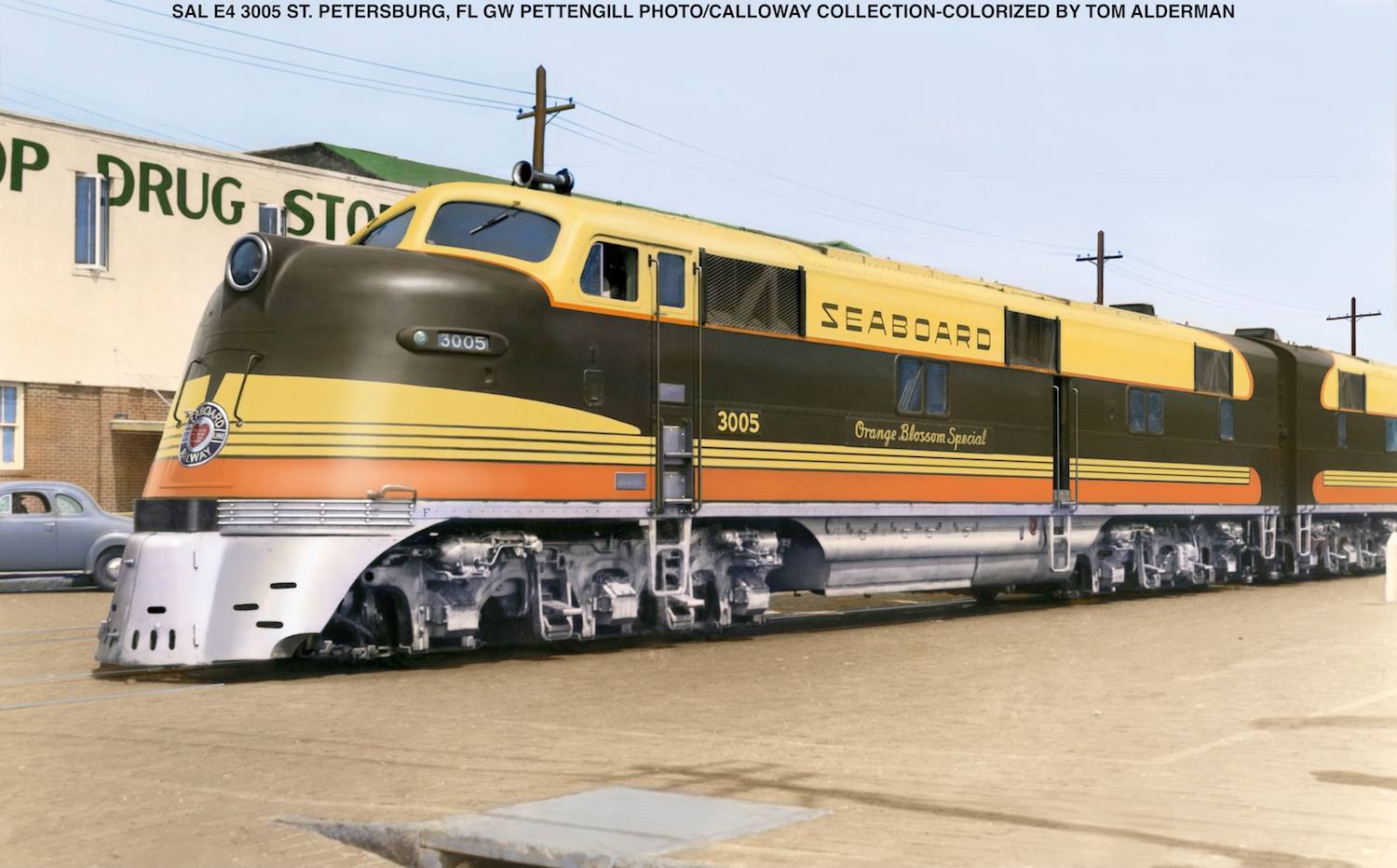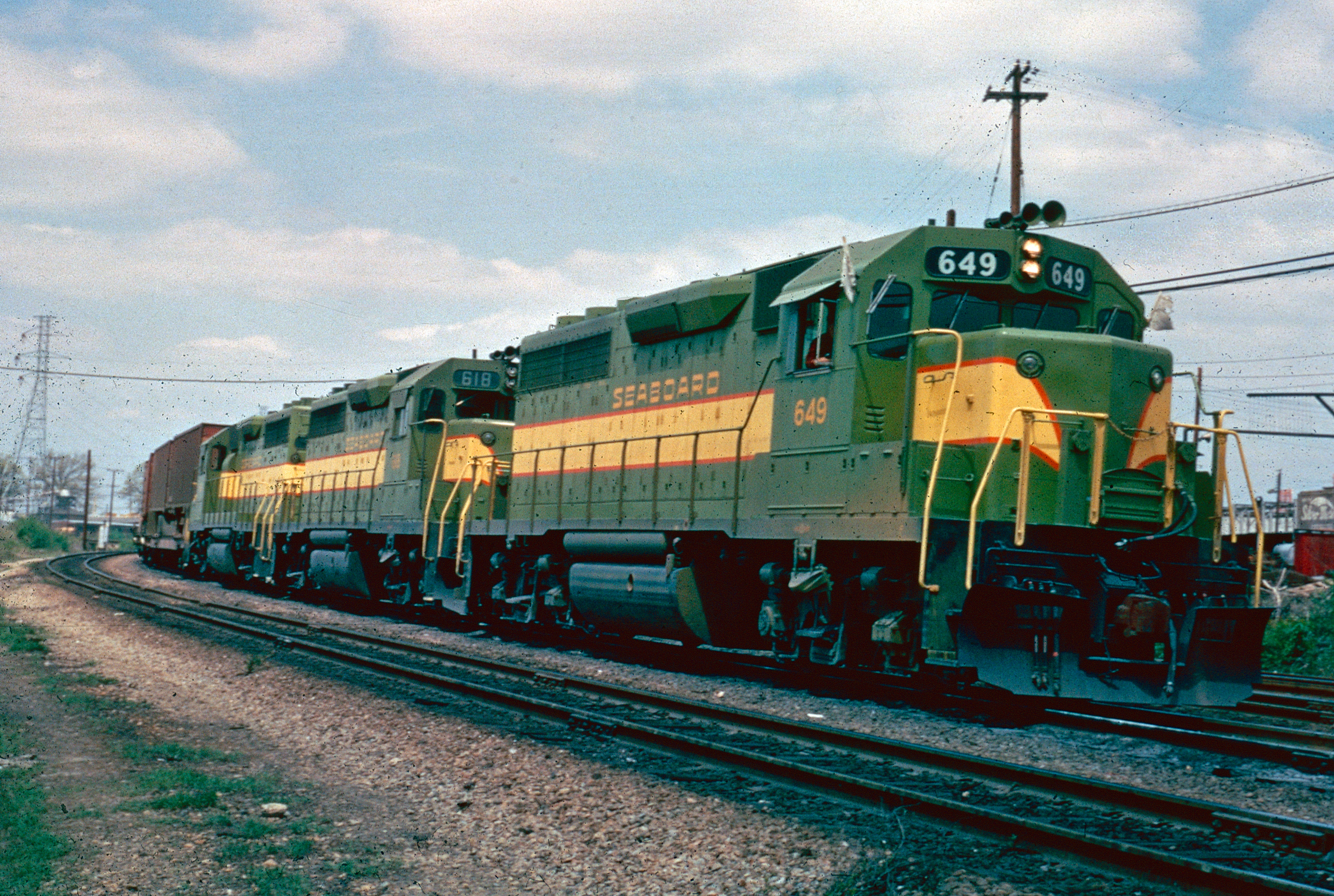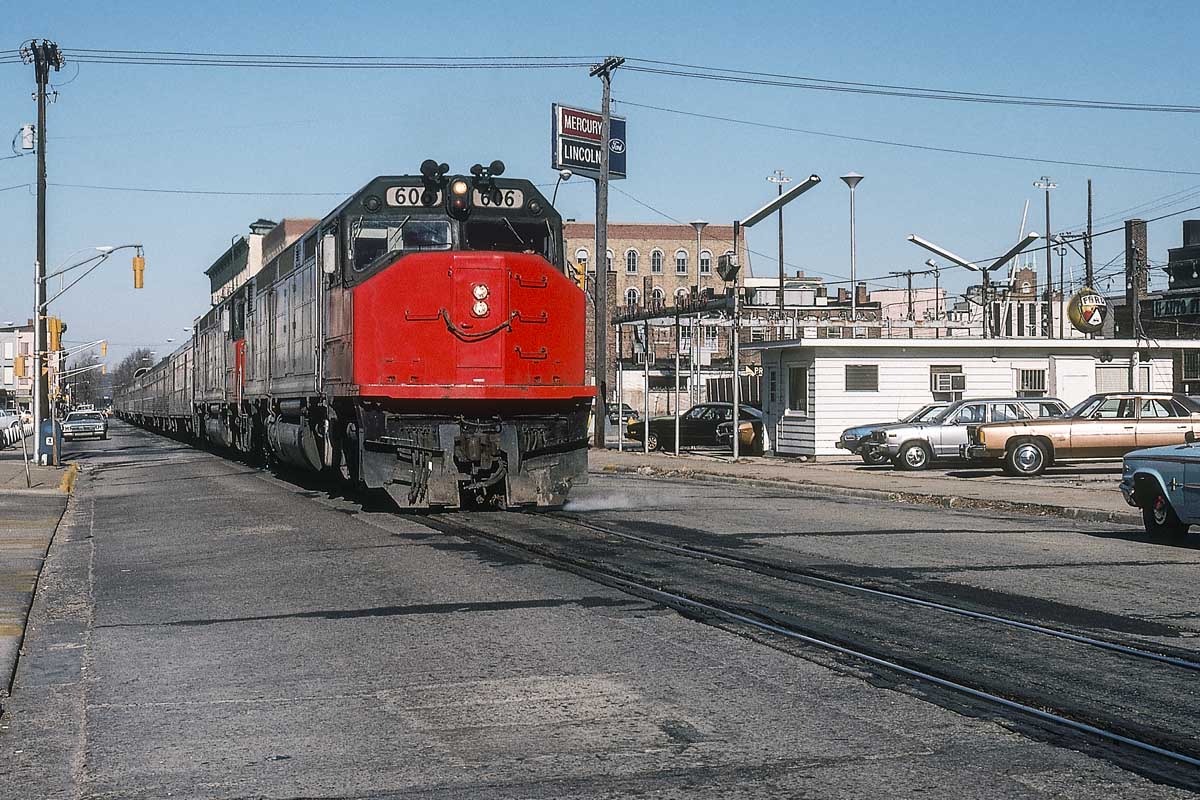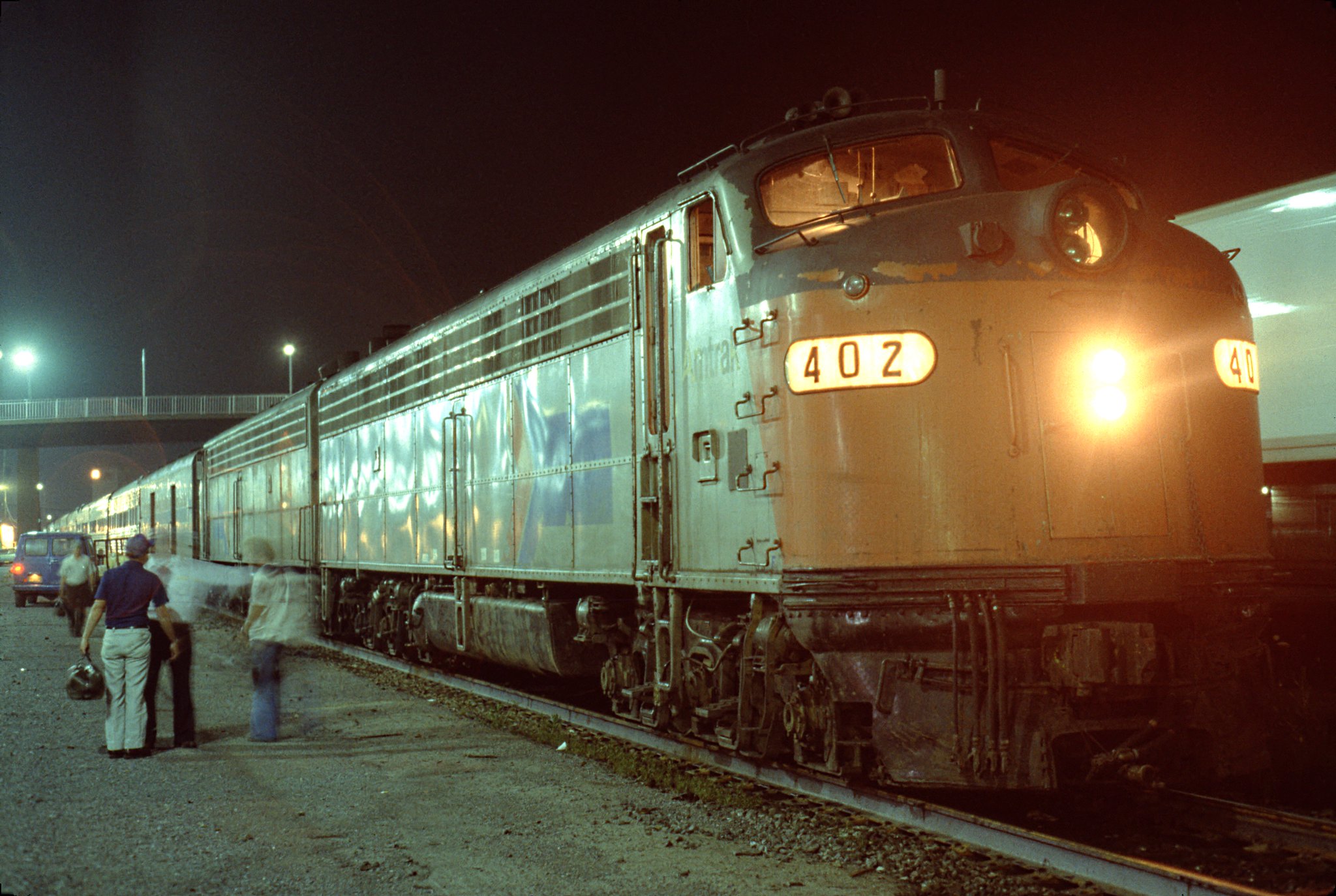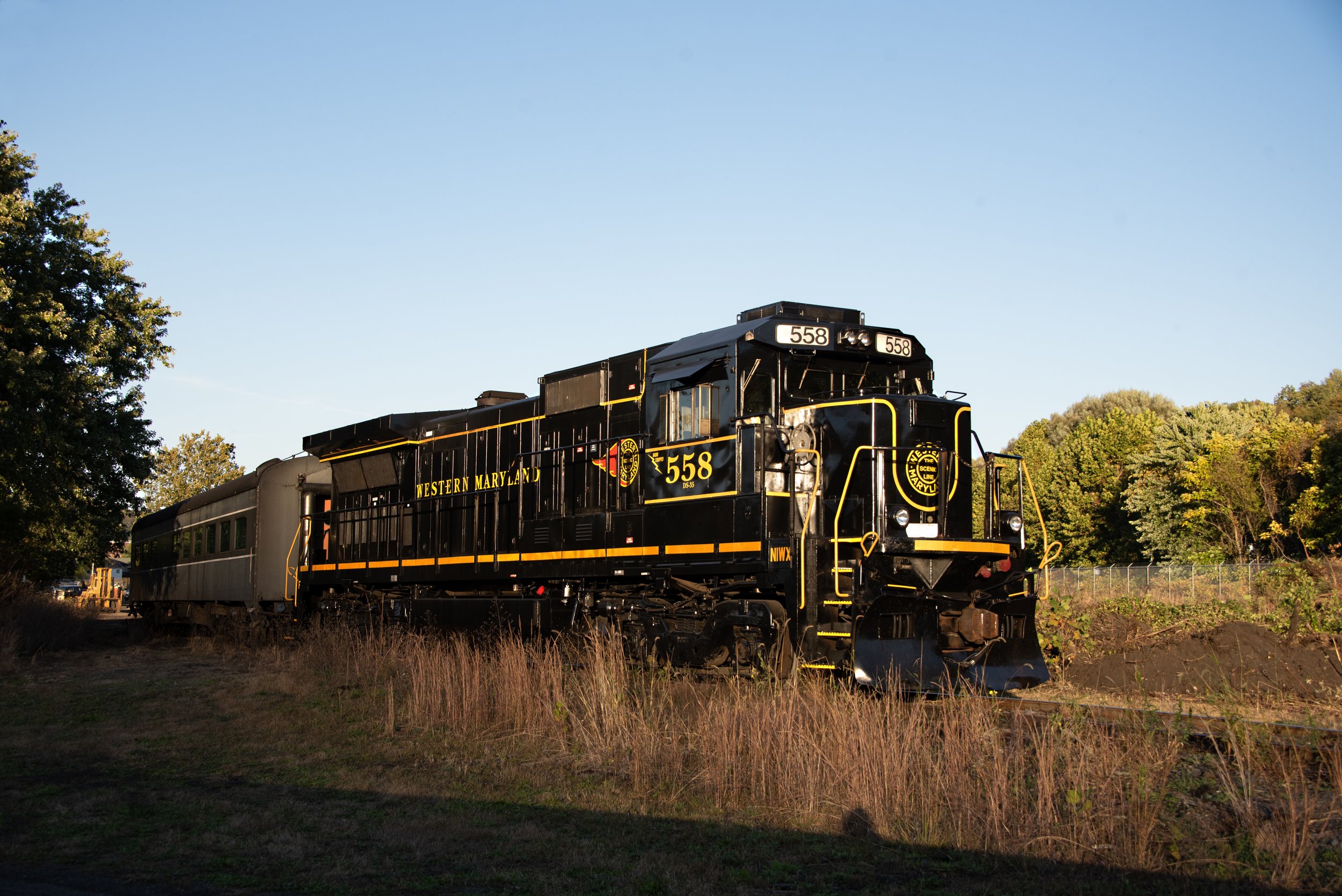The North Coast Hiawatha, despite the name, was not a Milwaukee Road train that Amtrak inherited, it was a fully Amtrak creation. When Amtrak was formed in 1971, they had a lot of duplicate trains with the same endpoints, but slightly different routing. Even before Amtrak started operation, they were already picking and choosing what routes they were going to retain and for the Chicago-Seattle route they picked the Burlington Northern's ex-Great Northern Empire Builder. This was chosen over the Burlington Northern's ex-Northern Pacific North Coast Limited and Mainstreeter (the Mainstreeter used the same route but lesser amenities and a more leisurely schedule) and the Milwaukee Road's Olympian Hiawatha.
Mike Mansfield, then the then-Senate Majority Leader from Montana, demanded that Amtrak find a way to serve Montana's larger cities that the Empire Builder bypassed by not using the ex-NP line, including Billings, Bozeman, Butte, and Missoula. Amtrak bowed to the pressure and resumed service over the NP line, effective June 14, 1971, creating an unnamed section of the Empire Builder that ran three days a week over the ex-NP route between Minneapolis and Spokane. Mansfield's intervention earned the train the nickname "Mike Mansfield Limit"The NP route was praised for its scenery, and Amtrak considered it one of its six most beautiful. The train also provided a convenient connection to Yellowstone at Livingston, Montana. On November 14, 1971, Amtrak extended the service to Chicago over the Milwaukee Road and formally named it North Coast Hiawatha, a combination of North Coast Limited and Olympian Hiawatha.
In early 1976, the North Coast Hiawatha was nearly discontinued due to Ford Administration budget cuts, but Montana senators again applied pressure to keep it in operation. In October 1976, Amtrak announced that the North Coast Hiawatha would be the second train, after the Empire Builder, to receive the new bi-level Superliner coaches, then on order from Pullman Standard, but the Superliners wouldn't be delivered until after the North Coast Hiawatha was discontinued. In May 1977, Amtrak added seven hours to the schedule, increasing it to 52 hours 30 minutes. The change was caused by speed restrictions on Amtrak's new EMD SDP40Fs, once hailed as the future of Amtrak's long-distance fleet, after they suffered a rash of derailments. In November, Amtrak reduced the running time to 46 hours 40 minutes, after the replacement of the SDP40Fs permitted an easing of speed restrictions, but even as this improved service began, the train was threatened with cancellation. Facing a budget deficit of $60 million, Amtrak identified a half dozen routes that it considered financially troubled. Amtrak proposed merging the North Coast Hiawatha and the Empire Builder, or even cancelling both. Throughout 1978, no decision was taken, and both trains continued to provide daily service between Chicago and Seattle. In 1979 though the North Coast Hiawatha was unable to dodge death again, and was discontinued, since it was found that the service recovered only $6 million against expenses of $24 million, and that the per-passenger cost was $178. The end of the North Coast Hiawatha severed much of the populated portion of Montana from the national rail network, and also spelled the end of intercity rail service in southern North Dakota, and over the years there have been periodic attempts to restore service in these areas, although they haven't progressed any farther than studies. The most recent FRA study did recommend revival of the route, so we'll see if the NCH finally makes it's return.
